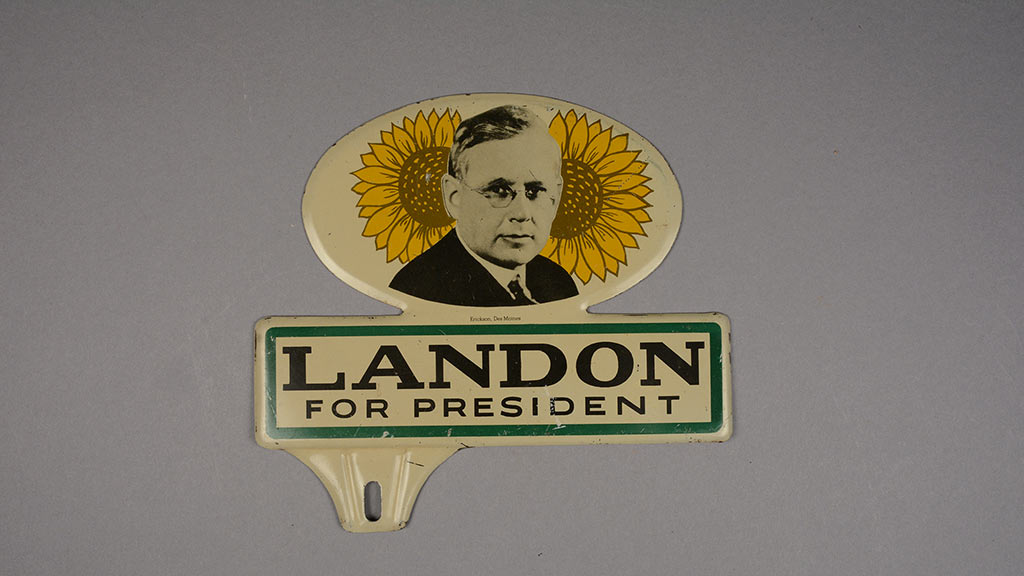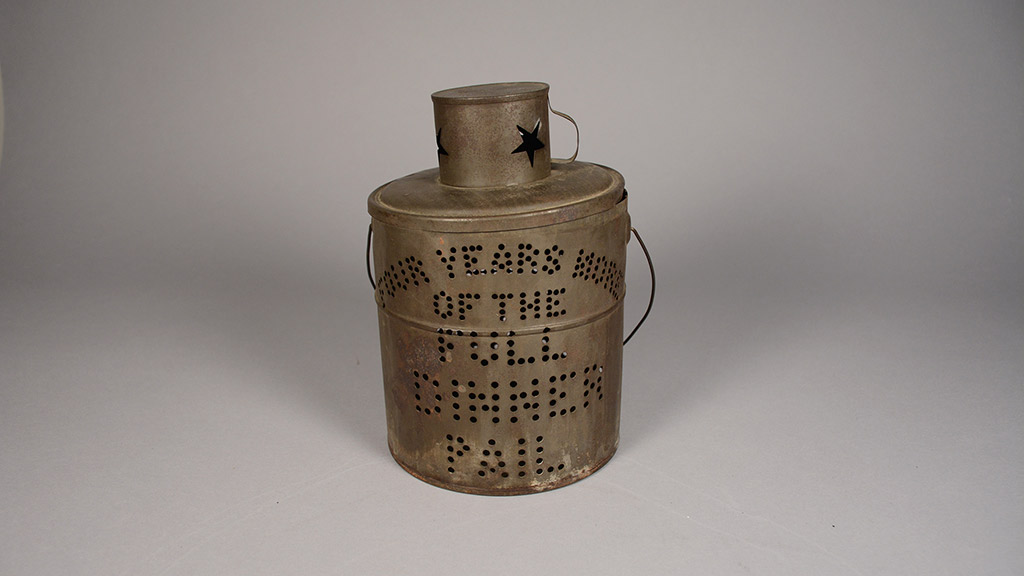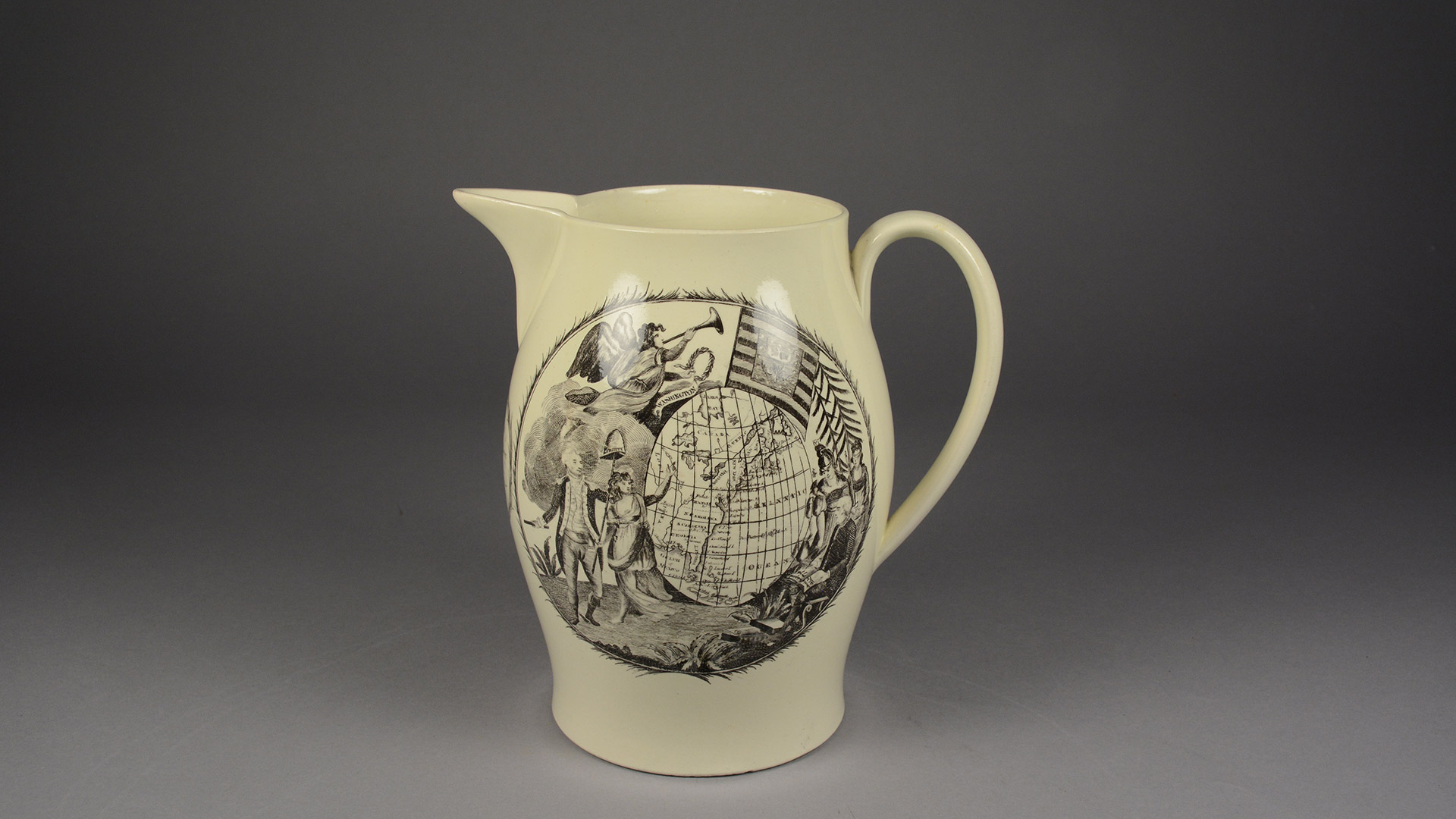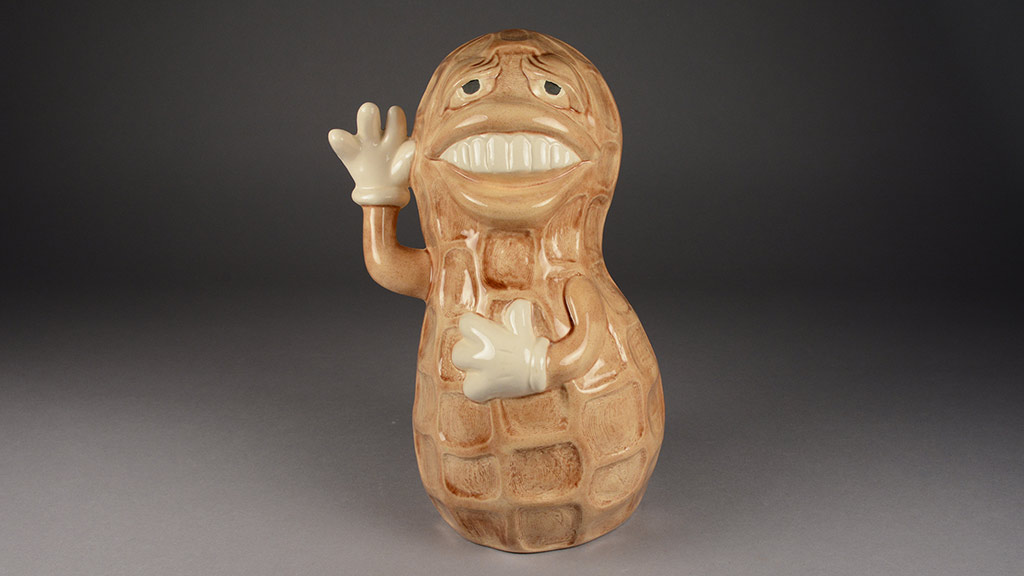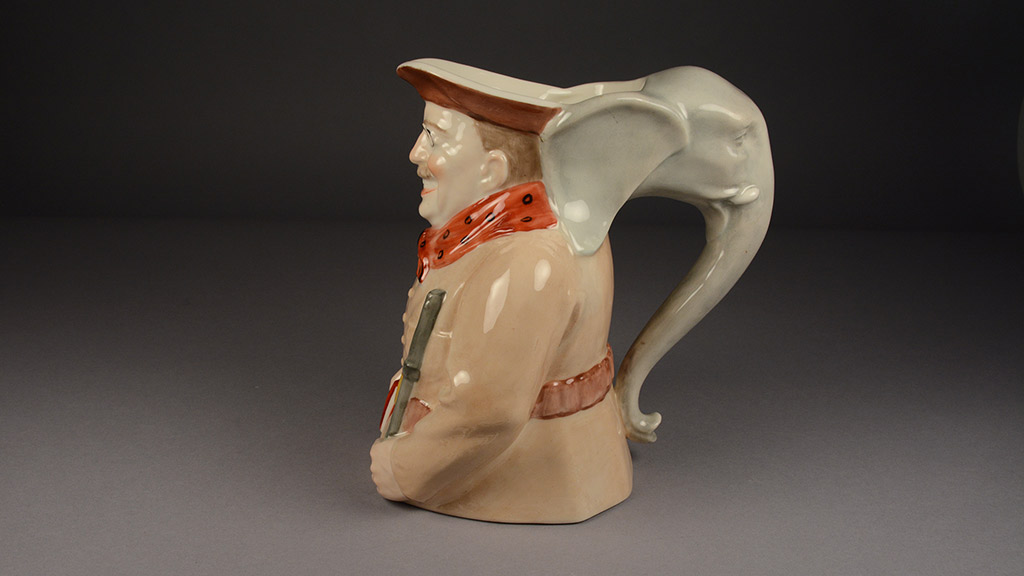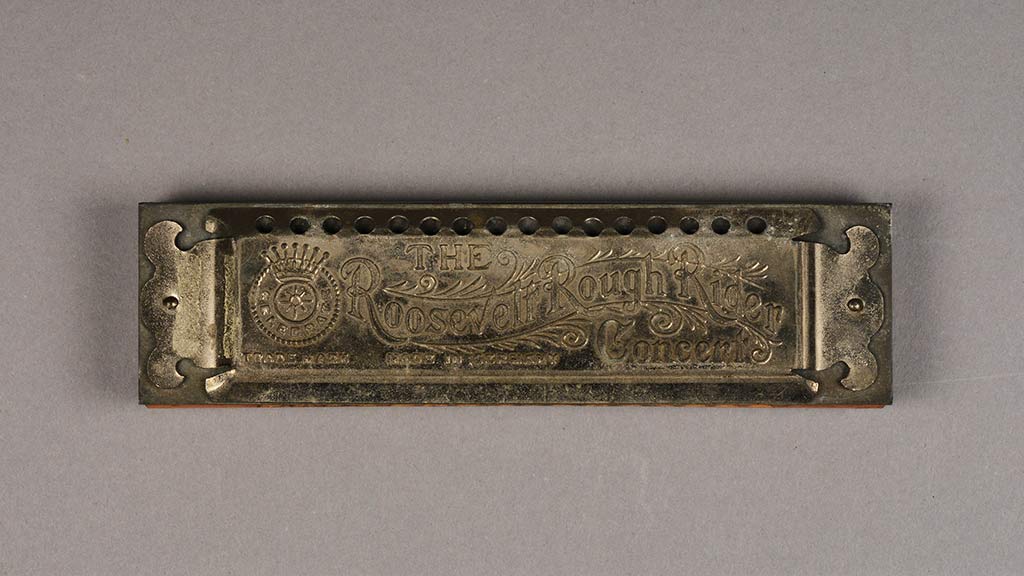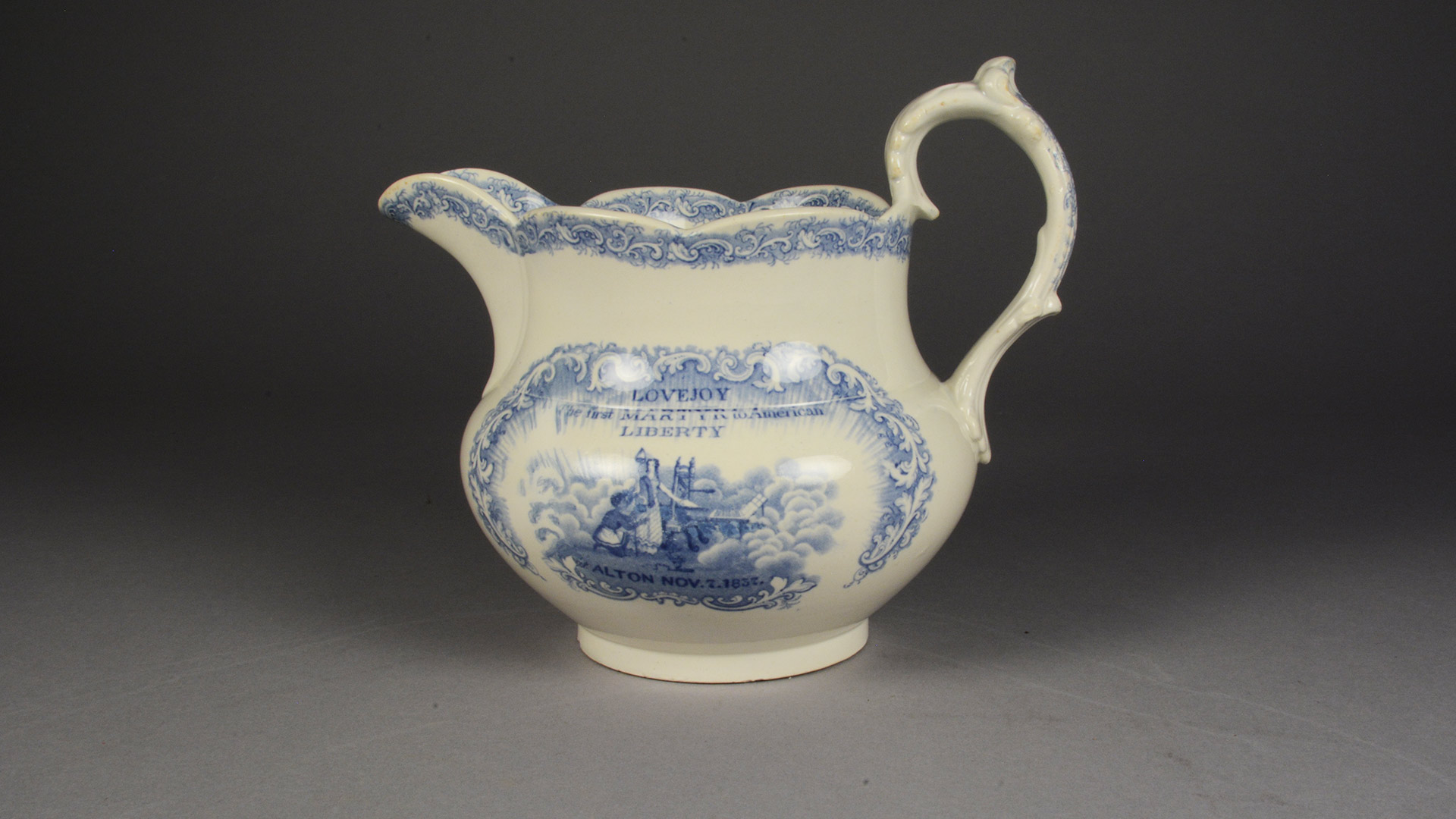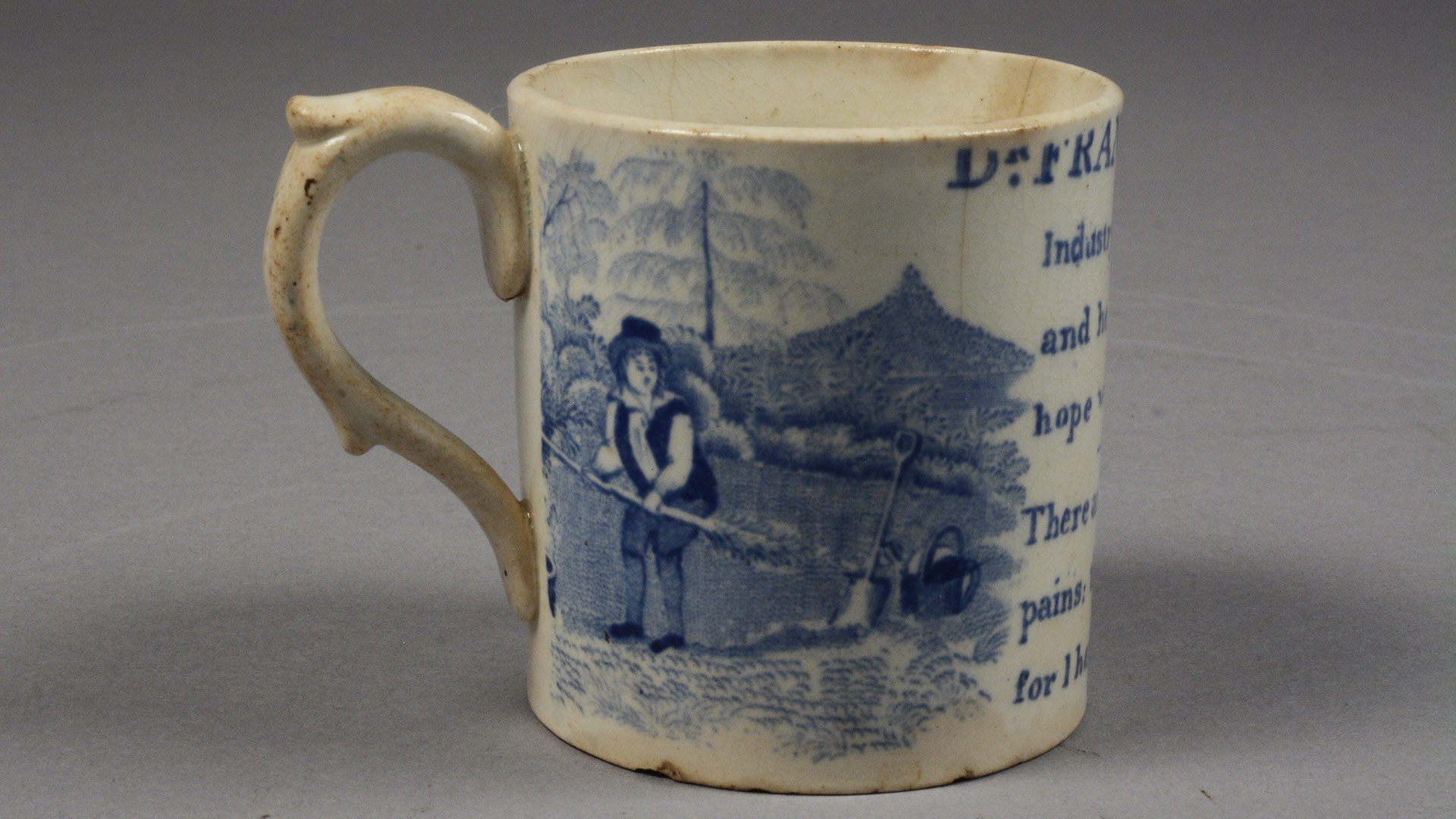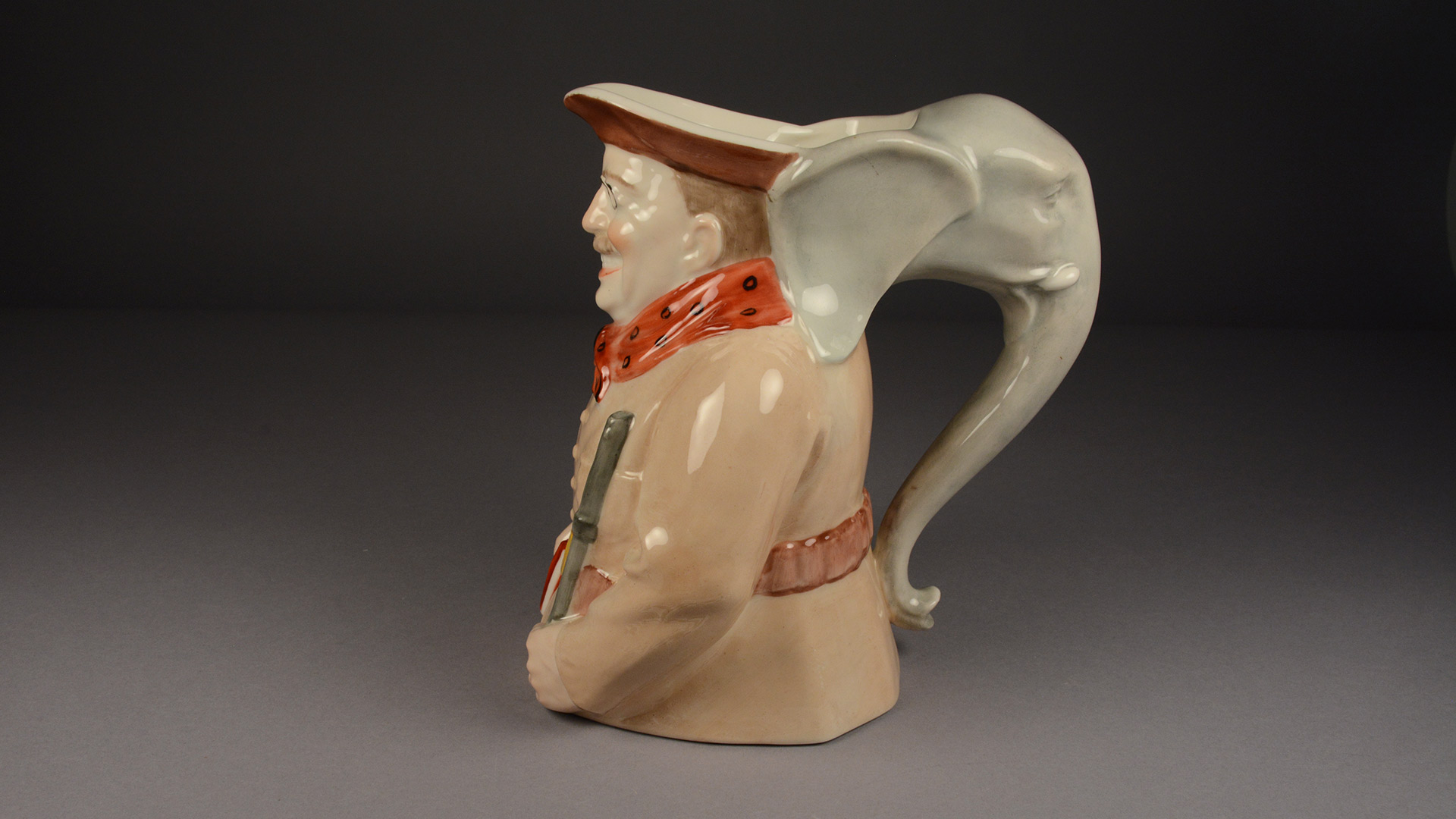
People's Collection, U.S. History and Culture
Given by anonymous donors in 2016, the People’s Collection consists of over 300 objects reflecting many decades of US political campaigns and issues, as well as material from women’s voting rights movements in the US and United Kingdom.
Political issues are—and have always been—embedded in our everyday lives. They shape the contours of society, structure the possibilities of our present, and drive our imagination for different futures. During elections, these characteristics become all the more visible. Candidates, platforms, and parties are rendered as physical objects—anything large enough to hold a slogan. These objects convey a devotion to a set of ideals, positions, and possibilities. Over the decades, campaign paraphernalia has signified a pledge of loyalty to a party and its candidates. This party tie has been bound up with personal reputation and worldview, and it influenced relationships and fierce debates. In turn, party power thrived on this public support.
Artifacts in the People’s Collection range from familiar commemorative campaign items, like hats and housewares, to more unusual pieces, like cologne bottles and figurines made of soap. Some objects demonstrate that political issues have long infiltrated daily life in the domestic sphere, like a sewing box and teacups, while others were designed to be seen by the public, like car license plate holders and decorations for horse bridles. Still others were probably used while their owners were actively campaigning, like parade torches and walking canes.
Presidents
The collection also contains objects that commemorate specific influential figures from American politics. These include famous names we all know, such as Ben Franklin and Abraham Lincoln, as well as lesser-known figures who were unsuccessful in their political campaigns(external link) or have been overshadowed by larger narratives in history. One small pitcher is full of patriotic symbols, including George Washington, Ben Franklin (seated), and figures representing liberty, wisdom, and justice. After Washington’s death in 1799, he was often depicted as a god, so this piece was probably made before that time.
Although the political issues represented throughout the collection are important and serious, the form of the objects and the imagery in them can be light-hearted. For example, President Jimmy Carter’s famous smile is depicted in a ceramic peanut. At his election in 1976, the Watergate scandal was still fresh in people’s mind, so it was the perfect time for a Democratic candidate who portrayed himself as a folksy Washington outsider.
And no American political collection could be without memorabilia of one of our most iconic personas: Teddy Roosevelt, whose imagery is still striking over a century after his terms as president.
Other Political Figures
Another similar piece commemorates Elijah Lovejoy(external link), an abolitionist, journalist, sand minister. In 1837, he was killed while defending his printing press from a pro-slavery mob in Alton, Illinois. The romanticized—and racist—imagery on this pitcher shows him as a martyr for a noble cause.
Benjamin Franklin’s persona today remains impressive: scientist, diplomat, activist, writer. For the people who made this cup for children 230 years ago, he was considered someone who gave advice worth reading.
What you see in this collection is the stuff of politics. The issues debated from soap boxes and podiums years ago may seem irrelevant now, but, in their time, they spurred candidates and supporters to action. The remnants of campaigns, voting, and activist movements attest to the enduring power of democracy and political participation.
Collection overview by Beth Watkins, exhibit coordinator, and Dr. Nathan Tye, curator, Debates, Decisions, Demands: Objects of Campaigns and ActivismExplore More
People's Collection, U.S. History and Culture (2017.06)Additional Resources
- "Debates, Decisions, Demands: Objects of Campaigns and Activism" guided video tour by Dr. Nathan Tye (University of Illinois at Urbana-Champaign Ph.D. in History, 2019)
- "Curator in the Gallery: Debates, Decisions, Demands" video playlist of discussions with Dr. Tye.
